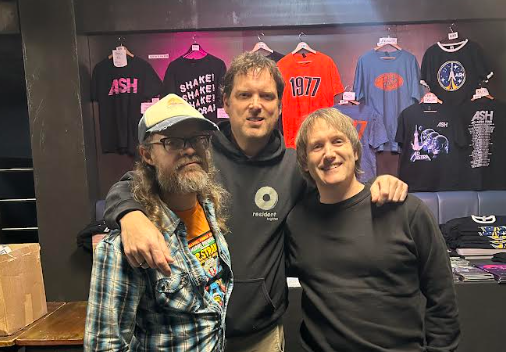ÔÇÿThe fastidious woman today must have immaculate underarms if she is to be unembarrassed’ reads a 1922 ad in Harper’s Bazaar. As sleeves and skirts got shorter, the pockets of the depilatory industry got larger, with a new demographic to target and more people to sell to.
Nowadays we don’t have to open magazines or drive past billboards to be told to buy, buy, buy; checking any of your five different social medias is sufficient, as every minute long scroll will include numerous advertisements. The Chinese originated platform TikTok has now created a different type of influencer, one that attempts to trick the audience into believing they are not selling anything and that their influence is more wholesome than others: the life-style influencer. From the routines and products used by ÔÇÿit girls’, to tutorials on how to ÔÇÿlook clean’ and achieve a certain aesthetic, a lot of what is promoted focuses on looks and physical change, as well as subtly shaming others.
A bizarre trend that appears on social media is promoting a certain living style, with one of the most popular being the ÔÇÿvan-life’ travelling. Realistically, how many of us really want to live in a van? How many people can afford it? Yet, hundreds of TikToks would lead you to believe otherwise, glamorising van-life whilst putting down the traditional ÔÇÿpicket-fence’ life. Influencers have become so powerful that they can sell an entire lifestyle to people and leave individuals longing for the ÔÇÿperfect’ life they lead.
Whilst some may say that being Gen-Z makes us easier to influence than other generations, the only real difference in our influenceability is the new way we consume media. Every generation has crazes that influence young people, even before social media music, such as The Beatles, Jazz and Punk, and TV shows like ÔÇÿSkins’, all had mass influence over young people through their cultural impact. It’s not so much a Gen-Z thing to be easily influenced, instead it’s a young people finding themselves thing. The biggest change, over the generations, is the para-social relationship between young people and influencers. Live videos and Q&As make them feel a lot closer, like a friend you want to imitate rather than someone whose job it is to get online engagement. No other generation had such a deep, personal view into other people’s lives, where influencers public presence is tied so closely to their personality.
A huge part of advertising has always been targeted at children and young people, especially when it comes to entertainment. Now, Instagram has even added a shopping tab, but this has not gotten rid of the ads in between posts and stories. Using picture based social media has become equal parts seeing friends and family to being sold something, from clothes that take three weeks to arrive to classes in cryptocurrency. Typical advertising however, seems to not work as well on Gen-Z as the exposure to the internet from a young age has saturated us with consumerism. Now covert marketing techniques have taken over, using popular social media influencers to promote products that they supposedly love and use in their everyday lives, when in some instances, they’ve never even used the product themselves.
We no longer have the choice to not be influenced. Now it’s not just a case of what appears in magazines or on TV, it’s on the devices we rely upon and use every day. Even if you’re not following influencers, media algorithms will push their content, creating the impression that consuming in the same way as them makes the lifestyle they promote more attainable. Teenagers have always been influenced by media figures, however, it’s arguable that as Gen-Z is constantly exposed to influencers they become more impressionable to them. Every aspect of life can now be modelled after somebody else, and when people are paid for promotion it’s impossible to recognise the genuine from the paid personality.
Words by Francesca Ionescu
Image by Robin Worrall via Unsplash



